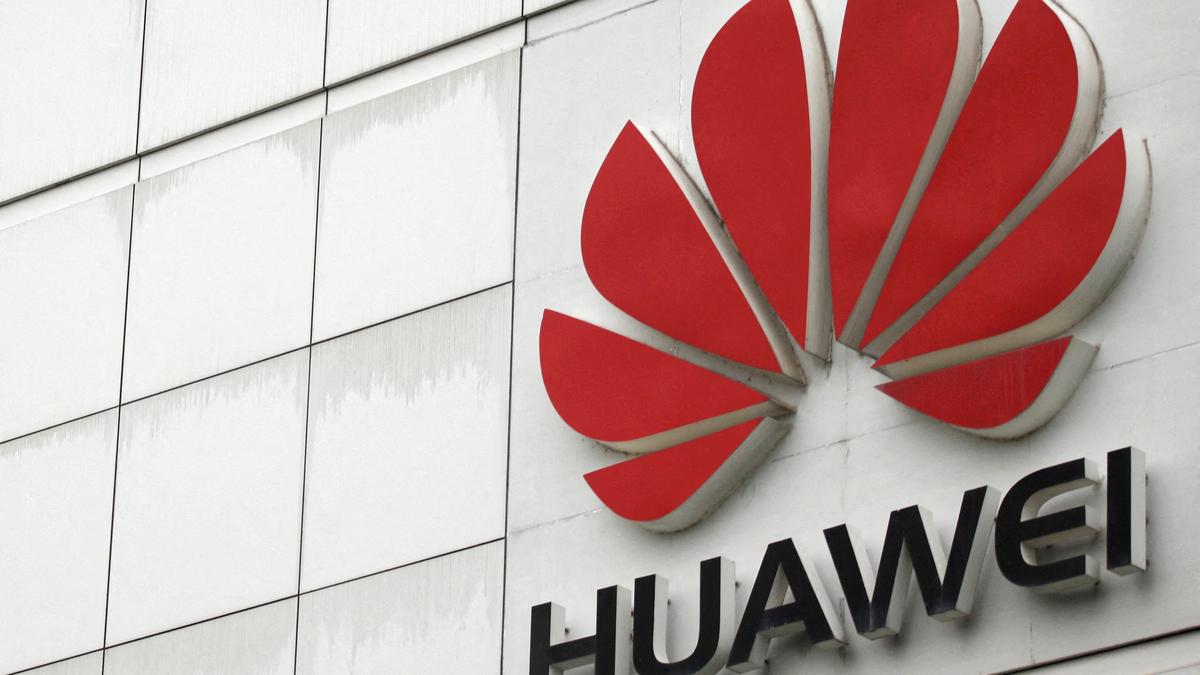Huawei, the Chinese tech giant, has defied the odds and announced robust growth in the first half of 2024. The company’s revenue soared by 34.3% to 417.5 billion yuan, hitting its highest first-half mark since 2020. This remarkable performance was fueled by strong smartphone sales and the burgeoning smart car components business, despite the lingering effects of U.S. sanctions. This success story underscores Huawei’s resilience and adaptability in the face of formidable challenges.
Huawei’s Comeback: A Tale of Resilience
Despite stringent U.S. sanctions that have impeded access to advanced chips and technology since 2019, Huawei has managed to not only survive but thrive. The company has ingeniously maneuvered around these limitations, showcasing a remarkable level of resourcefulness.
Smartphones Reignite Growth
Huawei’s consumer business, encompassing smartphones and PCs, has witnessed a significant resurgence. The company’s aggressive foray back into the 5G premium smartphone market, fueled by the launch of the Mate 60 series and the P series phones, has captivated the Chinese market. This resurgence, however, remains predominantly confined to its domestic market.
The Rise of Smart Car Components
Huawei’s foray into the smart car components sector has also been a driving force behind its growth. The company’s Intelligent Automotive Solution unit, with its focus on software and components for smart electric vehicles, has attracted numerous automakers. This division has been a testament to Huawei’s ambition to diversify its offerings and seize opportunities in emerging sectors.
A Strategy Built on Diversification and Innovation
Huawei’s success can be attributed to its shrewd diversification strategy and relentless innovation. The company has moved beyond its traditional strengths in telecommunications infrastructure and ventured into new frontiers, including smartphones, cloud computing, and digital power. This strategic approach has enabled Huawei to remain competitive and adapt to a rapidly evolving tech landscape.
Resilience in the Face of Adversity
Huawei’s triumph over U.S. sanctions speaks volumes about its capacity to overcome seemingly insurmountable challenges. The company has showcased an unparalleled ability to adapt and innovate, fostering domestic partnerships and developing its own chip technologies.
A Model of Strategic Diversification
Huawei’s success highlights the importance of diversification. By expanding into new sectors like smart car components, Huawei has not only reduced its reliance on any single market but also created new avenues for growth. This diversification strategy has proven instrumental in insulating the company from external pressures.
Challenges on the Horizon
Despite Huawei’s impressive performance, the road ahead may be fraught with obstacles. U.S. sanctions continue to present a formidable barrier, and global economic uncertainties cast a shadow over future growth prospects. Moreover, the fierce competition within the tech industry demands constant innovation and agility.
The Ongoing U.S. Trade Tensions
The U.S. continues to view Huawei as a national security risk and has extended its export restrictions, hindering Huawei’s ability to access cutting-edge technologies. The company will need to navigate this complex geopolitical landscape while seeking alternative solutions.
The Competitive Landscape
Huawei faces intense competition from both domestic and international players. Staying ahead of the curve requires constant innovation and the ability to quickly adapt to changing market trends.
Takeaway Points
- Resilience and adaptation are crucial: Huawei’s remarkable growth, despite U.S. sanctions, underscores the significance of agility and innovative problem-solving in the face of adversity.
- Diversification is key to long-term success: Huawei’s expansion into new sectors like smart car components demonstrates the value of spreading risk and exploring new markets.
- The road ahead will be challenging: U.S. sanctions and intensifying competition continue to present hurdles for Huawei’s future growth.
- Innovation and technological advancements are vital: Huawei’s ability to develop its own technologies and compete in the global market depends on continued innovation.
Huawei’s success story serves as a compelling case study in strategic decision-making and the pursuit of technological advancements. The company’s resilience and determination to overcome seemingly insurmountable challenges will undoubtedly be watched closely by observers worldwide. Its ability to thrive in a complex and ever-changing landscape speaks volumes about its ability to navigate future challenges and continue to carve out a prominent position in the global tech arena.




